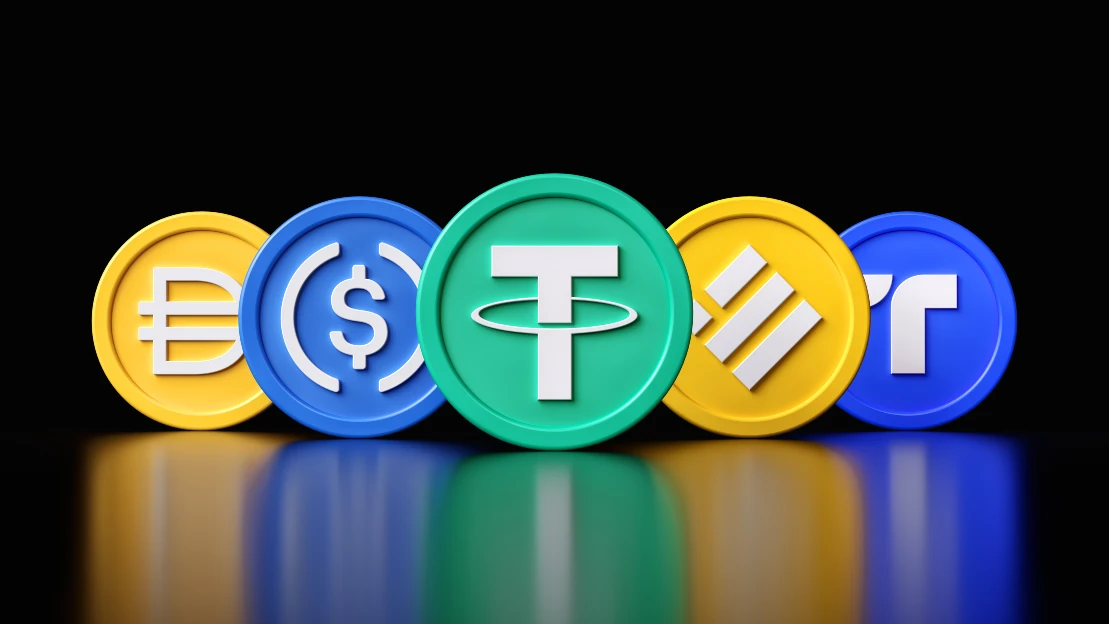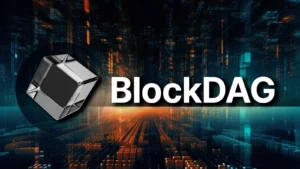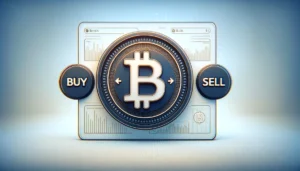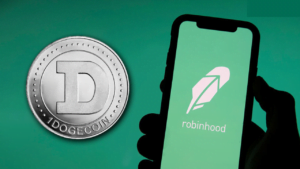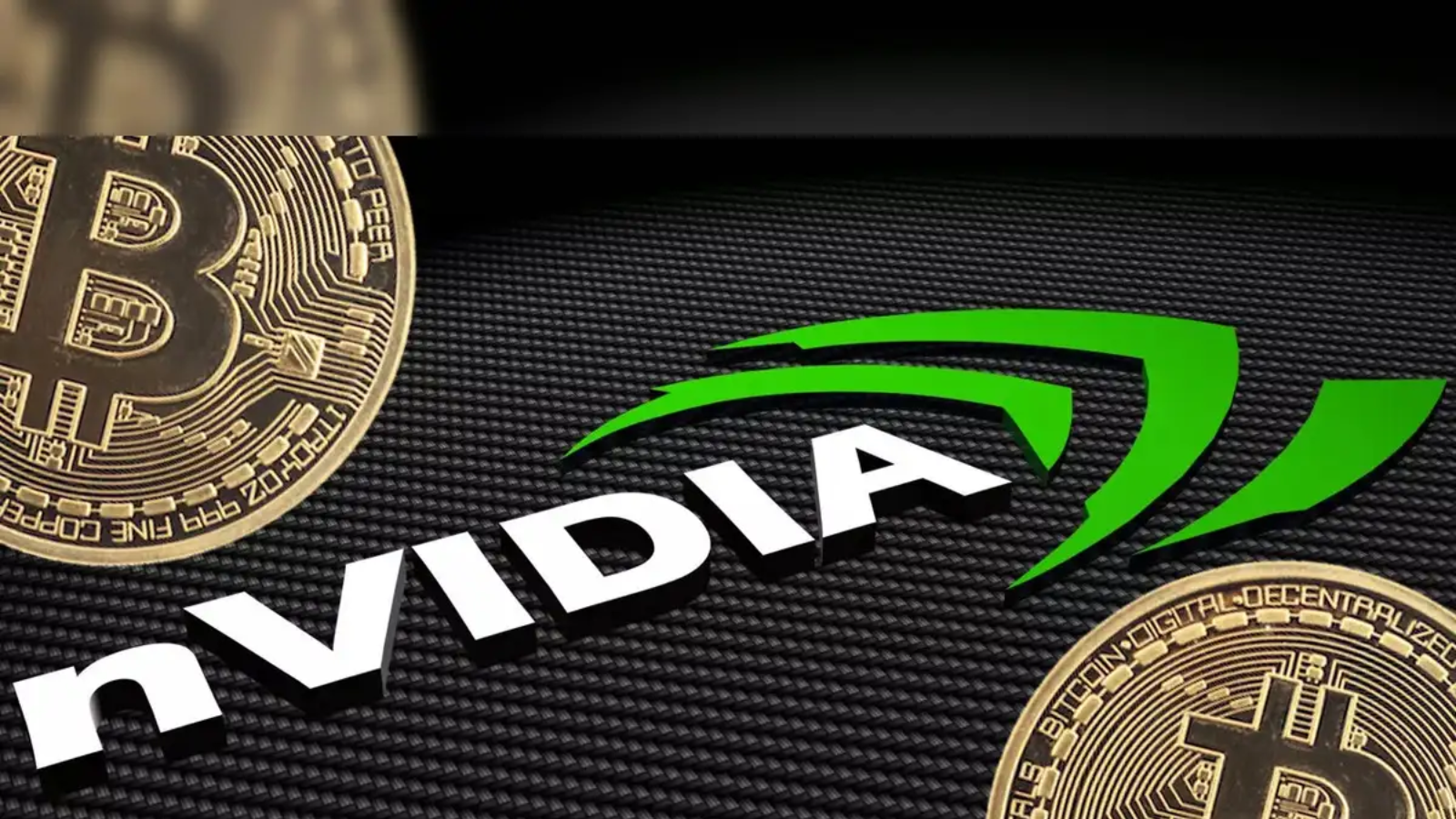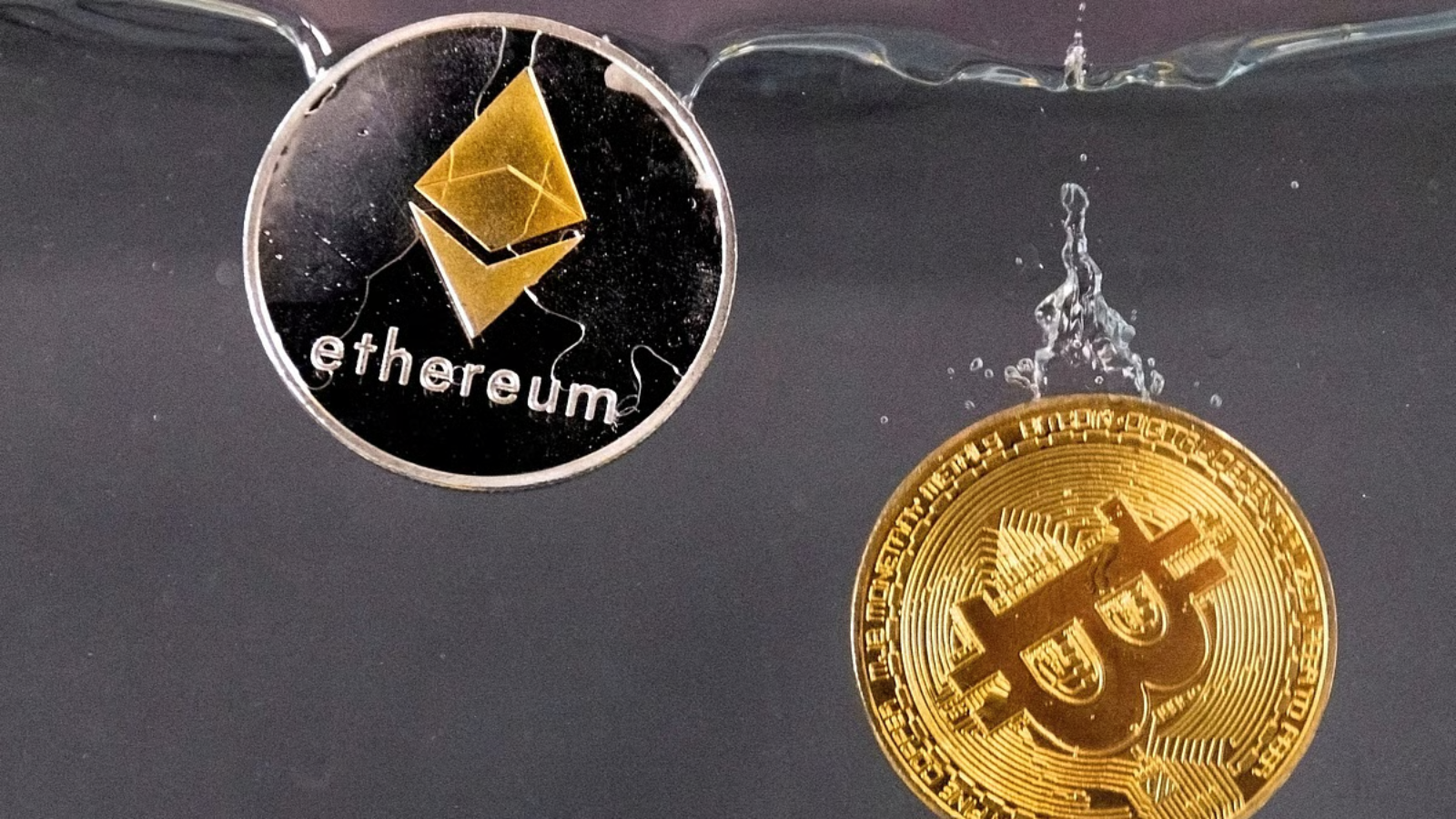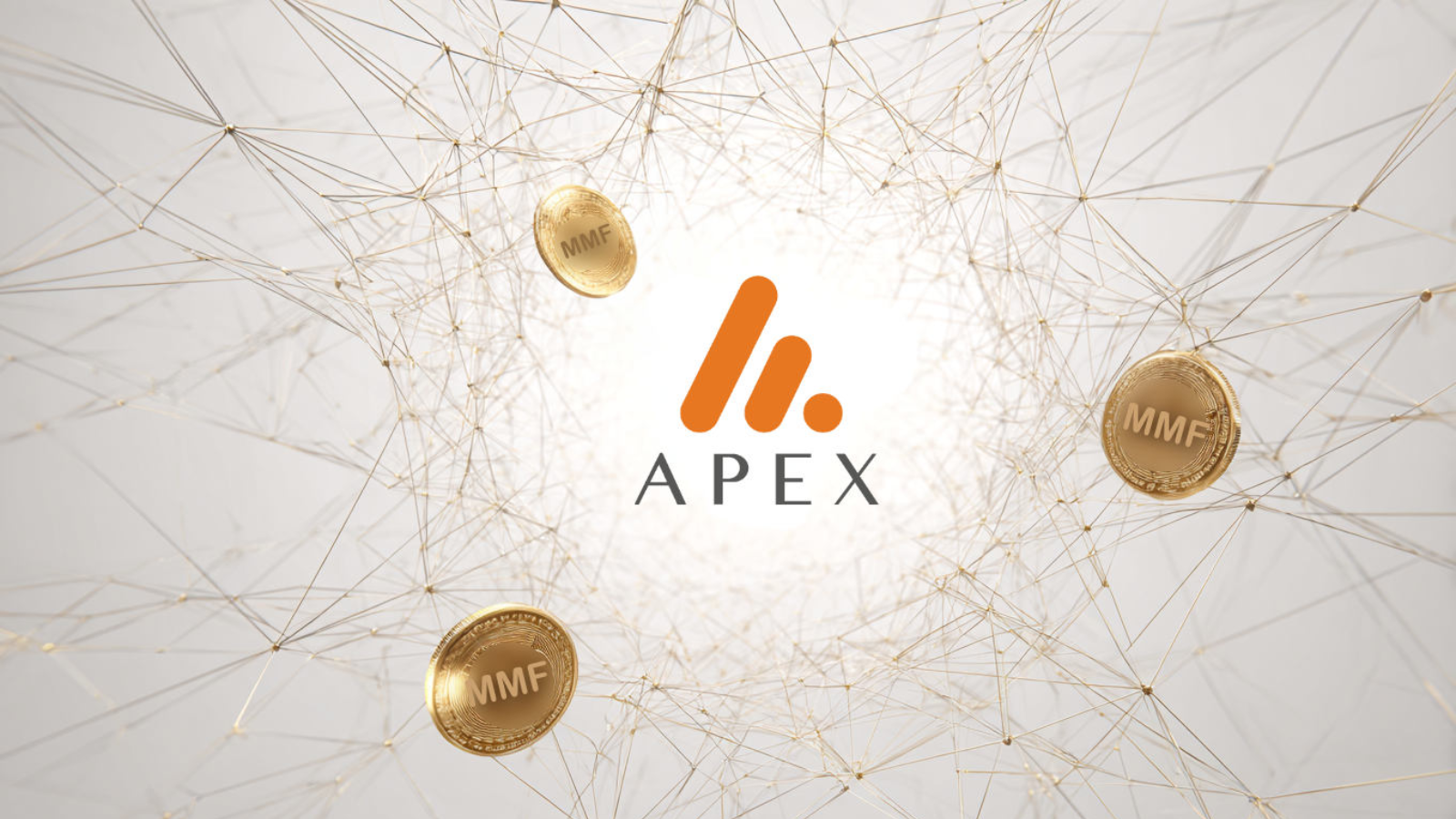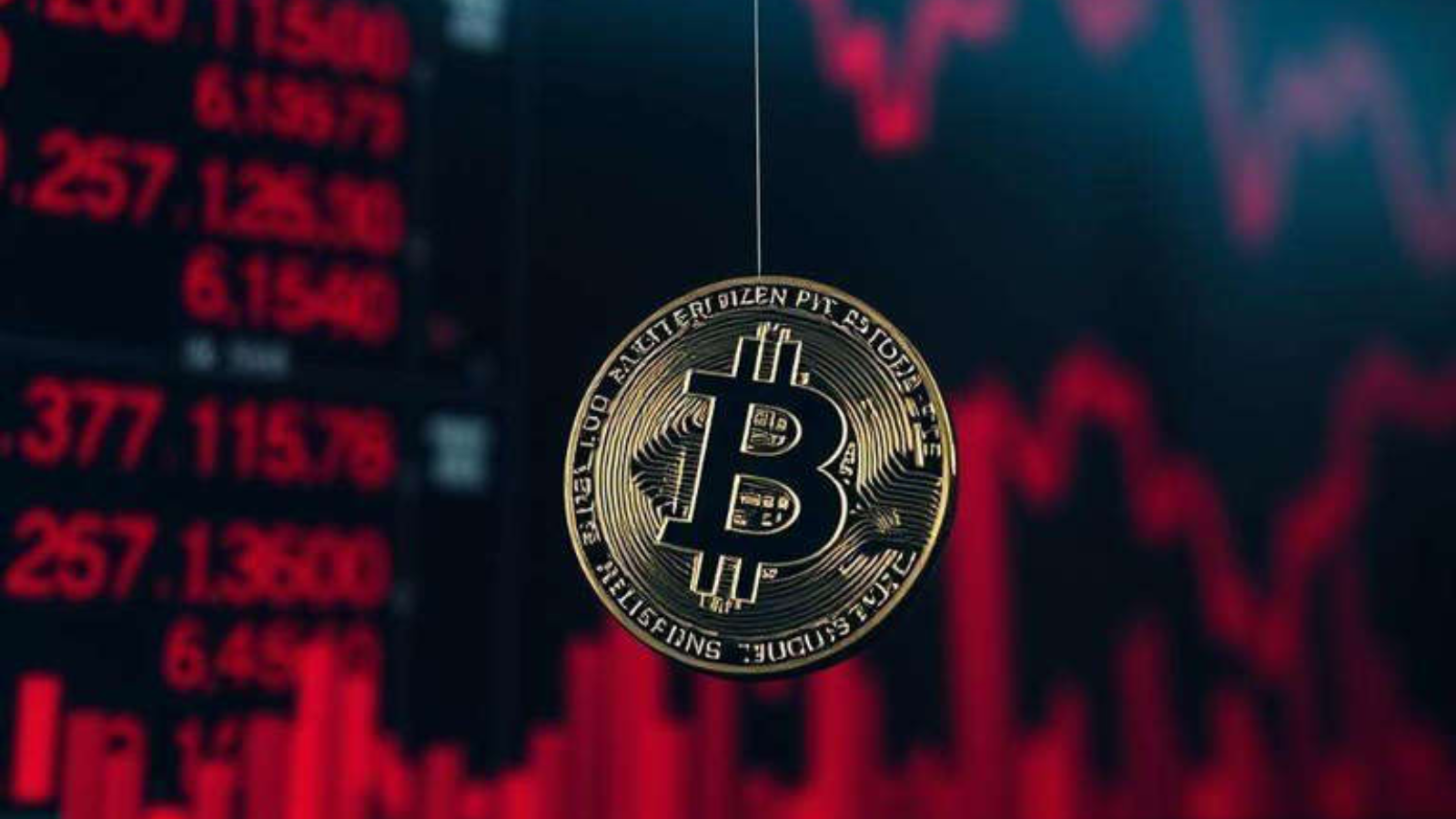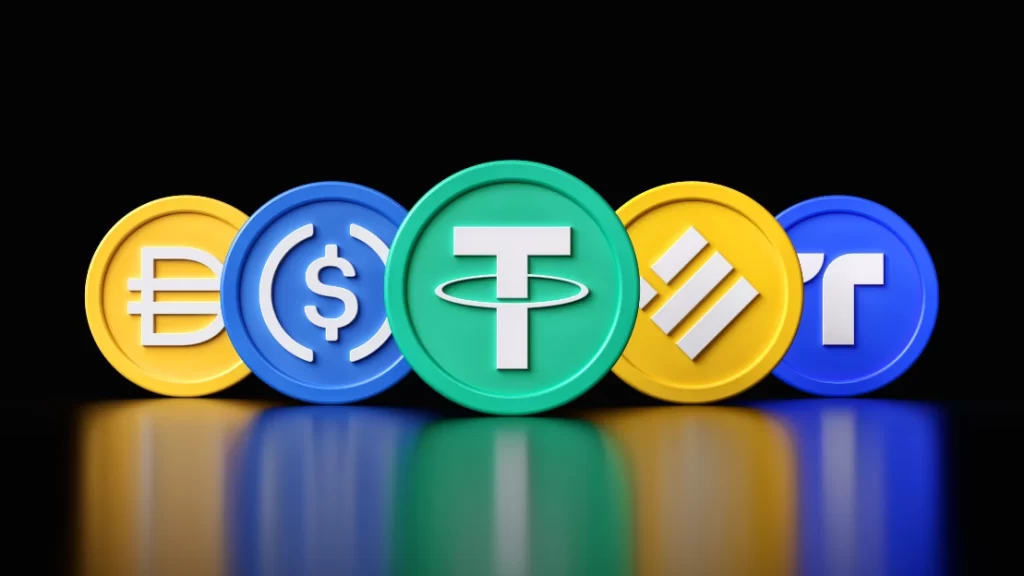
While cryptocurrencies extend a plethora of benefits, their notorious volatility and unpredictability pose a serious problem for some investors and general people who want to associate with this sphere.
Here, stablecoins come into the picture to offer the said stability and safety net to such participants. Some stablecoins, like Tether (USDT), have already become an integral part of the crypto ecosystem, playing a leading role as a medium of exchange.
In this article, we have overviewed what are stablecoins, how they work, and what is their role in the cryptocurrency market.
Table of Contents
ToggleWhat are stablecoins?
A stablecoin is a cryptocurrency that is pegged to an underlying “stable” asset – usually with fiat currencies, like the US Dollar. Consequently, stablecoins deliver protection against the crypto market volatility by maintaining a stable price over time, as per the value of their adjoined asset.
These tokens are designed in contrast to the structure of regular crypto assets like Bitcoin and Ethereum whereby you could lose all your money or gain exponential returns in a limited period. It can be said that stablecoins are the “fiat currency” of the cryptocurrency sphere, as they live on blockchain but offer steady prices.
Understanding stablecoins: How do they work and what are their types?
Stablecoins establish the peg via two main methods, i.e, either by maintaining collateral reserves or by using an algorithmic formula. However, the collateralized stablecoins are more acknowledged than the algorithmic ones, especially after the disastrous downfall of TerraUSD, which was an algorithmic stablecoin.
Here is how both these types work.
Collateralized stablecoins
These type of stablecoins preserve their stability by relying on a pool of “reserve” that serves as the collateral. When a stablecoin holder cashes out his tokens, an equal amount of the collateralized asset is taken out from the reserve. For instance, on cashing out one USD-backed stablecoin, 1 USD (or assets equal to 1 USD) is removed from the reserve.
Note that some collateralized stablecoins involve a more complex design where they use other cryptocurrencies as collateral while still tying up their pricing to a stable asset like the US dollar. The most famous stablecoin built on this model is DAI (DAI), which is not backed by any fiat asset and maintains its value at $1 via Target Rate Feedback Mechanism (TRFM). DAI’s collateralized reserve mainly consists of centralized stablecoins USD Coin (USDC) and Pax Dollar (USDP), followed by Ethereum (ETH), Wrapped Bitcoin (WBTC), and several other cryptocurrencies.
What can be used as collateral?
Collateralized stablecoins utilize a range of assets as collateral, which are:
- Fiat money: The majority of stablecoins maintain their financial reserves in fiat currency like US Dollar or Euro.
- Treasury bills, commercial paper, and other investments: Many fiat-backed stablecoins hold a mixture of physical cash and cash equivalents like corporate bonds, US Treasury Bills, or commercial paper. A Treasury Bill is a short-term U.S. government debt obligation with a maturity of one year or less whereas a commercial paper is an unsecured and short-term promissory note issued by corporations. USDT and USDC are two major stablecoins that maintain parity with the dollar by relying on a “mixed” reserve, consisting of fiat currency (cash) and other investments. USDT reserve holds the largest percentage of US Treasury Bills, followed by cash and other equivalents, secured loans, corporate bonds as well as digital coins, among others.
- Cryptocurrencies: Some stablecoins collateralize other cryptocurrencies via a service called “Vault.” Crypto-backed stablecoins maintain decentralization and are usually overcollateralized to prevent the coin from de-pegging under volatile market conditions.
- Commodities: Some stablecoins are also backed by tangible commodities, like gold and silver. Tether gold (XAUT) and Paxos Gold (PAXG) are two examples of gold-backed stablecoins.
Algorithmic stablecoins
Algorithmic stablecoins establish their 1:1 price peg by relying on an algorithm instead of a physical reserve. They are based on the principles of supply and demand where the protocol maintains the coin value at its target figure by actively adjusting the supply. For a dollar-pegged algorithmic stablecoin, ideally, the protocol creates coins to bring the price back to $1 value when it fluctuates above this range whereas, stablecoins are removed from circulation (burned) when the price falls below $1.
TerraUSD (UST) was the largest algorithmic stablecoin that had a disastrous decline in May 2022 after it failed to maintain its peg. TerraUSD’s price had been fixed at $1 via the minting and burning of a secondary coin (LUNA). The whole system was running via an algorithmic design, where Luna tokens were created and destroyed each time a UST stablecoin was bought or sold. However, due to the flawed structure and some manipulations, the coin eventually lost 99.9% value in a span of a week. It is estimated that more than $60 billion got wiped out by the UST crash.
What are the primary use cases of stablecoins?
Stablecoins chiefly hold their reputation as a “bridge” between cryptocurrencies and real-world cash. Crypto traders safely buy stablecoins with fiat (having a surety that the coins’ value will remain the same) and then use them for buying other cryptocurrencies under desired rates. Moreover, stablecoins coins also facilitate crypto-to-crypto exchanges by posing as the middleman. For instance, if you want to buy AVAX with ETH, you can convert your ETH to USDT, and then swap the USDT with AVAX to evade high volatility.
Stablecoins are also utilized for international money transfers where transactions are processed instantly and with near zero fees, involving no third parties. Moreover, stablecoins extend lucrative opportunities to earn passive income with much higher interest rates, not common in regular bank accounts. Further, as already mentioned, stablecoins are highly relied upon for sending money cheaply. It may be possible to send millions of dollars with minimal transaction fees using stablecoins.
List of the most prominent stablecoins
USDT: Launched in 2014, USDT is the most popular stablecoin to date that mirrors the value of the US dollar. It allows the users to take advantage of a stable value in the volatile crypto space and enjoy decentralized transfers with a fixed $1 price. As of now, Tether is ranked no. 3 in the cryptocurrency world with a market capitalization of more than $68 billion.
USDC: With a crypto market ranking of #5, USDC is another prominent stablecoin that is 1:1 pegged to the US dollar. USD Coin reverses are composed of a mixture of two assets: short-duration US Treasuries that cover $35.7 billion and cash that spans $8.5 billion of its total $44 billion market capitalization.
DAI: DAI is an Ethereum-based, crypto-collateralized stablecoin that maintains a soft peg to the price of the US dollar. Its issuance and operations are managed by the Maker Protocol & the MakerDAO, and it has a total market cap of nearly $6.2 billion.
Read more:
http://thetradingbay.com/what-is-a-crypto-wallet-6-best-crypto-wallet-picks-for-2022/
http://thetradingbay.com/6-ways-to-protect-yourself-against-crypto-scams/

